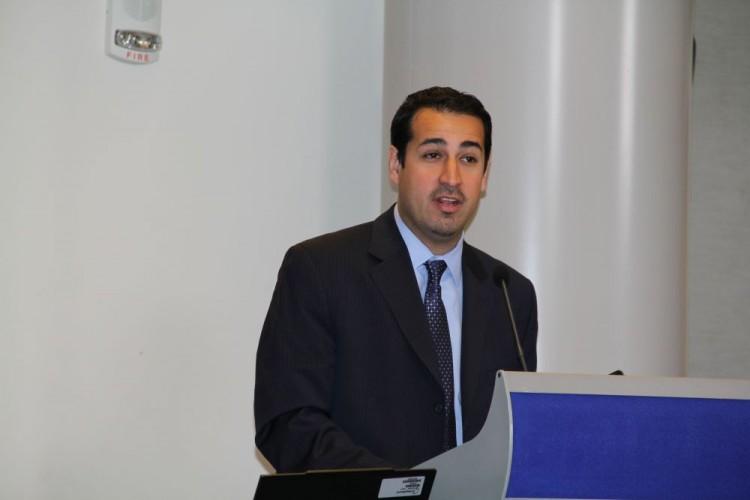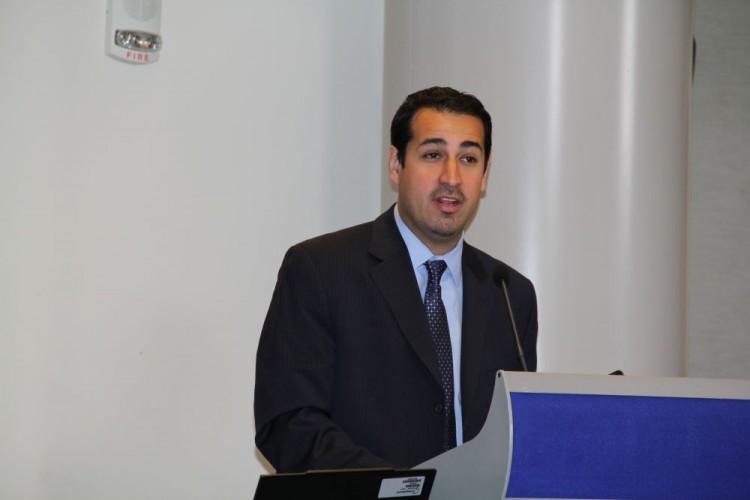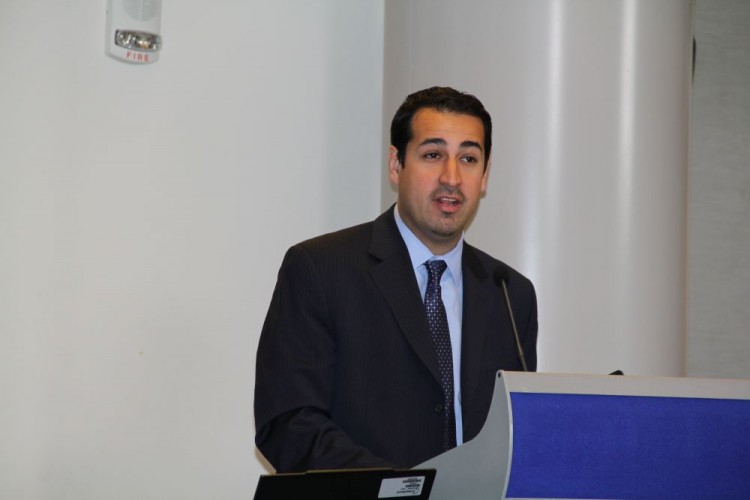When the Texas Association of Business sponsored a billboard criticizing the Alamo Community College, it highlighted a major problem for community colleges in the United States—how do they communicate the importance of what they do?
The billboard stated boldly: “4% of ACC students graduate in 3 years. Is that a good use of tax $?”
Richard Rhodes, president of the Alamo Community College, summed it up in his response to the business group.
“People have to understand the metrics and the data behind the metrics. There’s a much larger story when we think about community college students and what their intent is and why they come here,” he said.
The story was told at the launch of a new tool developed by the College Board Advocacy and Policy Center to measure community college student success, in Washington, D.C., April 30.
“The Completion Arch: Measuring Community College Student Success,” is web-based and combines national-, state-, and local-level data into one central site but with access to multiple sources and combinations of sources within. The tool highlights not only the diversity of educational opportunities within the college system, but also the variations that exist from state to state.
Most state research, for example, tracks enrollment and graduation rates within three years, usually considered the primary indicator of community college success. But many students take much longer to complete courses, attending part time or taking time off in between. The Completion Arch not only tracks over a longer period but also includes students who successfully transfer to four-year colleges before earning an associate degree.
“Oftentimes the only kind of metrics that are available are those applied at 4 year institutions,” Steve Handel, executive director of community college initiatives at the College Board, said in a statement.
The Obama administration has set a high bar for community colleges, arguing that an educated workforce is the only way to compete economically and calling on colleges and states to make colleges more accessible and effective. President Barack Obama has requested a 2.5 percent increase in funding for community colleges in the 2013 budget and has set the goal of increasing the percent of adults with at least an associate’s degree to 60 percent by 2020, a 50 percent increase from current levels.
The United States presently ranks 7th in the world in the proportion of young adults enrolled in college, but has fallen to 16th in its share of degrees and certificates. The country has been losing jobs to overseas competitors and has an estimated 2 million jobs that cannot be filled at present U.S. skill levels.
“Over the next decade over half of unfilled jobs in the U.S. will require some level of secondary training beyond high school and about 30 of our fastest growing occupations require a college degree,” Roberto Rodriguez, special assistant to the president for education, told a round table discussion at the D.C. event.
“Post and secondary education and training cannot be a luxury for a few or for some, it must be an economic imperative that every family in America can access and can afford,” he said.
During the round table discussion, community college presidents outlined the challenges ahead. They included the diversity of students they are catering to, the increase in demand with the unemployment rate rise, a lack of space and resources, and cutbacks in funding.
Ken Ender, president of Harper College, in Illinois, pointed to the gap between K–12 schools and community colleges, saying there are “no first name exchanges between school superintendents and college presidents.” A stronger relationship between the two institutions would facilitate better educational outcomes, he said.
Dr. Frank Chang, president of Santa Rosa Junior College in California, said teachers were critical contributors to successful outcomes in education. He suggested that more ways to attract better teachers was important to consider.
Many were also positive about the new focus on community colleges and the potential that lies ahead. Some talked about policy discussions, others new initiatives that were seeing good results. Many welcomed the new measure, saying it would help define their role more clearly in the community.
Lucille Jordan, president of Nashua Community College in Nashua, N.H., said past measures had created the image that community colleges were not being accountable while the new measure would enable colleges to celebrate their accountability.
“Seventy nine percent do complete degrees but do it in very untraditional ways,” she said of her students.
Mr. Rodriguez said the new measure would create more discussion and more ideas around the issue. He said he had been heartened by what he had heard that day, saying there had been “a lot of energy and zeal” evident.
“Folks are owning the challenges and there is a lot of creativity in that room around new strategies that can be brought to bear,” he told The Epoch Times.
He reiterated the importance with which community colleges were seen by the Obama administration, saying, “they have to be accessible, they have to work well for all of our students so we have to live up to that charge as a country.
“That is what our agenda is all about,” he said.






